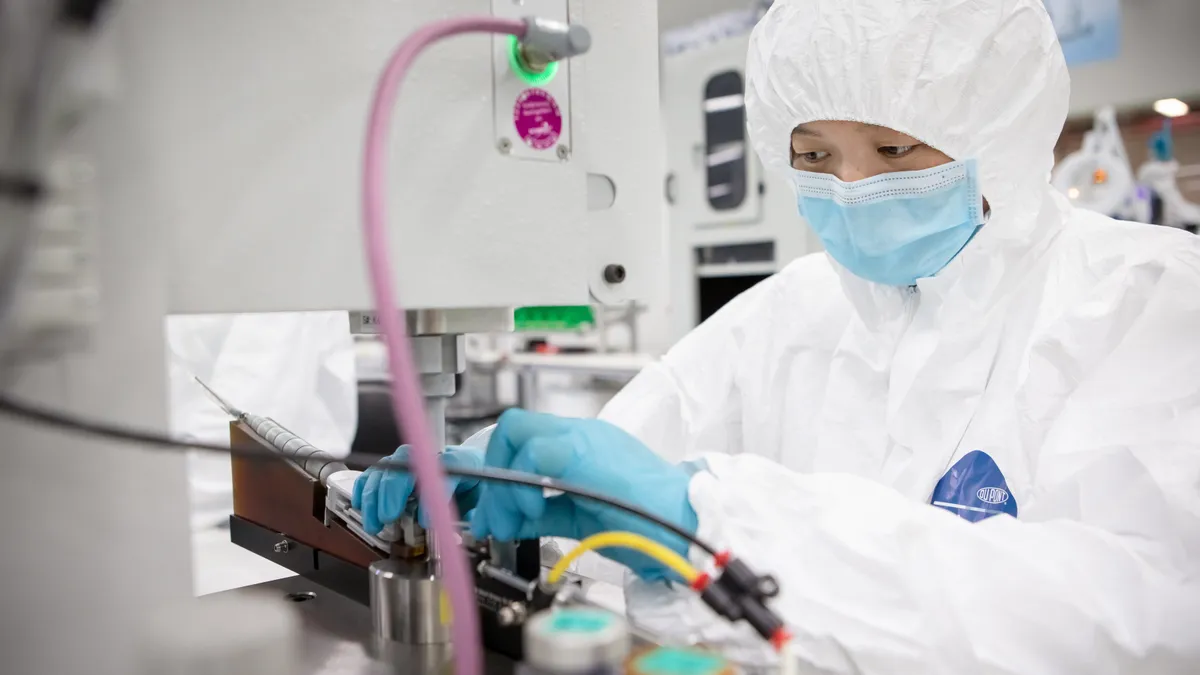Dive Brief:
- Getinge’s recall of intra-aortic balloon pumps (IABP) has been labeled as a Class I event by the Food and Drug Administration.
- Getinge, working through its Datascope subsidiary, alerted customers to problems with Cardiosave devices late last year after receiving complaints about an issue linked to four serious injuries and one death.
- The company asked users to immediately examine their inventory to identify Cardiosave Hybrid and Rescue IABPs. Clinicians should remove devices that develop the fault from patient use, it said.
Dive Insight:
Cardiosave provides cardiac support to patients during surgery and to people with certain heart problems. In the second half of 2021, the FDA categorized two Cardiosave recalls, including one issue linked to a patient death, as Class I events. The recall linked to the death covered complaints that fluid was entering the device and causing the pump to unexpectedly stop working.
Now, Cardiosave is the subject of another Class I recall, this time because of complaints that blood is entering the device during use. If the balloon bursts, leaks or tears, blood can enter the pump and cause the device to stop working, as well as the release of helium into the blood and patient blood loss, according to the recall.
The consequences for patients can be severe. Pump shutdown can result in organ damage and death, particularly in the critically ill patients who are typically treated with Cardiosave. Similarly, the release of helium into the blood can damage organs including the brain. Getinge has received 134 complaints about the issue, including 12 device shutdowns, four serious injuries and one death.
To mitigate the risks, Getinge is asking users to pay close attention to alarms that could enable the early identification of faulty balloons and stop blood from entering the device. Users should also periodically check the catheter tubing throughout therapy and stop pumping if blood is seen.
News of the recall emerged shortly after the FDA added Cardiosave devices to its list of product shortages. The supply problems stem from raw material shortages.










